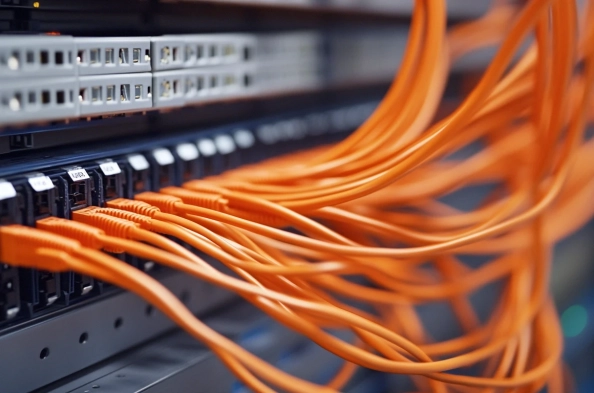Imagine a future where quantum and classical communications coexist seamlessly, enabling faster, more secure data transfers over existing infrastructures. This scenario moved a step closer to reality as engineers at Northwestern University achieved a new milestone in quantum communication. By leveraging specific wavelengths with minimal interference from classical data, they transmitted quantum data over 30.2 km of existing fiber optic cables, simultaneously handling 400 Gbps of classical data. Their groundbreaking research highlights the potential for integrating quantum and classical communications using present infrastructure, paving the way for a quantum communication network.
The Science Behind Quantum Teleportation
Understanding Quantum Entanglement and Teleportation
Quantum teleportation relies fundamentally on the principle of entanglement, a phenomenon where two particles’ quantum states become inextricably linked regardless of the physical distance separating them. This linkage means that measurement of one particle’s state instantly determines the state of its entangled partner. Combining quantum entanglement with classical communication channels like the internet makes it possible to transfer quantum states to a distant particle without physically moving matter. Engineers at Northwestern utilized this process with remarkable success in their recent experiment.
According to Jordan Thomas from the research team, a critical aspect of this achievement involves performing a destructive measurement on entangled photons. This act of measurement allows the quantum state of one photon to be transferred instantaneously to another photon located far away. The implications of this are profound, as it means quantum data, characterized by its extreme sensitivity and fragility, can be transmitted reliably over long distances. It demonstrates that quantum teleportation is not just a theoretical concept but a practical approach to quantum communication.
Mitigating Interference in Fiber Optic Cables
One of the most significant challenges faced in the quest for quantum communication is the avoidance of interference from classical signals within fiber optic cables. Classical data transmissions, which form the backbone of current communication networks, often cause interference that can disrupt the delicate quantum states vital for quantum communication. The research team at Northwestern identified specific wavelengths with a lower density of classical photons, which are particularly conducive to quantum teleportation. Accompanying this, they developed methods to minimize noise and interference, thereby preserving the integrity of the quantum signals.
The approaches undertaken include advanced filtering techniques and wavelength selection, ensuring classical data and quantum information can coexist without significant detriment to either form of communication. This could potentially enable multiple terabits of classical data to be transmitted per second alongside quantum communication. The innovative strategies employed serve to reassure that the entire communication process remains efficient and secure, thus demonstrating that integrating quantum communication within existing infrastructures is indeed feasible.
Future Prospects and Real-World Applications
Expanding the Horizon of Quantum Communication
Despite the promising results, widespread adoption of quantum communication might still be years, or even decades away. Prem Kumar, head of the research team, remains optimistic about the potential advancements in this field. One of the future milestones targeted by the team includes the use of multiple pairs of entangled photons, which would help scale their experiment for implementation in real-world fiber networks. Such scaling would involve intense collaboration between researchers and networking infrastructure providers to ensure seamless integration.
Pioneering this effort would not only involve technical advancements but also the standardization of protocols and hardware necessary to support quantum communication. Addressing these would be crucial to fostering an environment where quantum communication networks can be deployed at scale. The prospect of achieving quantum communication within existing telecommunications infrastructure offers a futuristic vision where classical and quantum data transmission harmoniously coexist, thereby revolutionizing how information is shared globally.
Overcoming Compatibility and Interference Challenges
Picture a future where quantum and classical communications coexist effortlessly, enabling quicker and more secure data transfers over our current infrastructures. This envisioned scenario has edged closer to reality thanks to engineers at Northwestern University, who accomplished a significant breakthrough in quantum communication. They cleverly utilized specific wavelengths to minimize interference from classical data, successfully transmitting quantum data over a remarkable 30.2 km of existing fiber optic cables, all while handling an impressive 400 Gbps of classical data. Their pioneering research underscores the potential to seamlessly merge quantum and classical communications using today’s infrastructure, lighting the path toward a sophisticated quantum communication network. This integration could revolutionize the way we handle data, ensuring both speed and security, and ultimately transforming our digital landscape.






